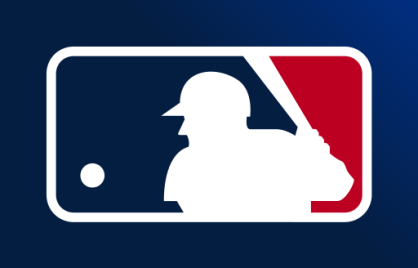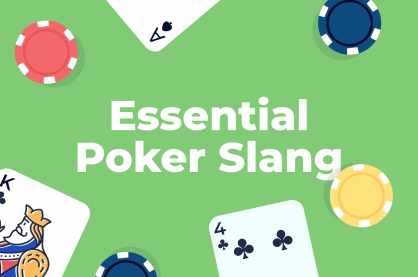Blackjack Card Values: How Much Is Each Card Worth In Blackjack?
Blackjack card values are simple. All the face cards (the Kings, Queens and Jacks) have a value of 10. The Ace has a value of either 1 or 11, depending on how you want to use it. All other cards have the exact value which is printed on them: 2, 3, 4, 5, 6, 7, 8, 9 and 10. To work out your total hand value, you simply add the values of each card together.
Blackjack Card Value Chart
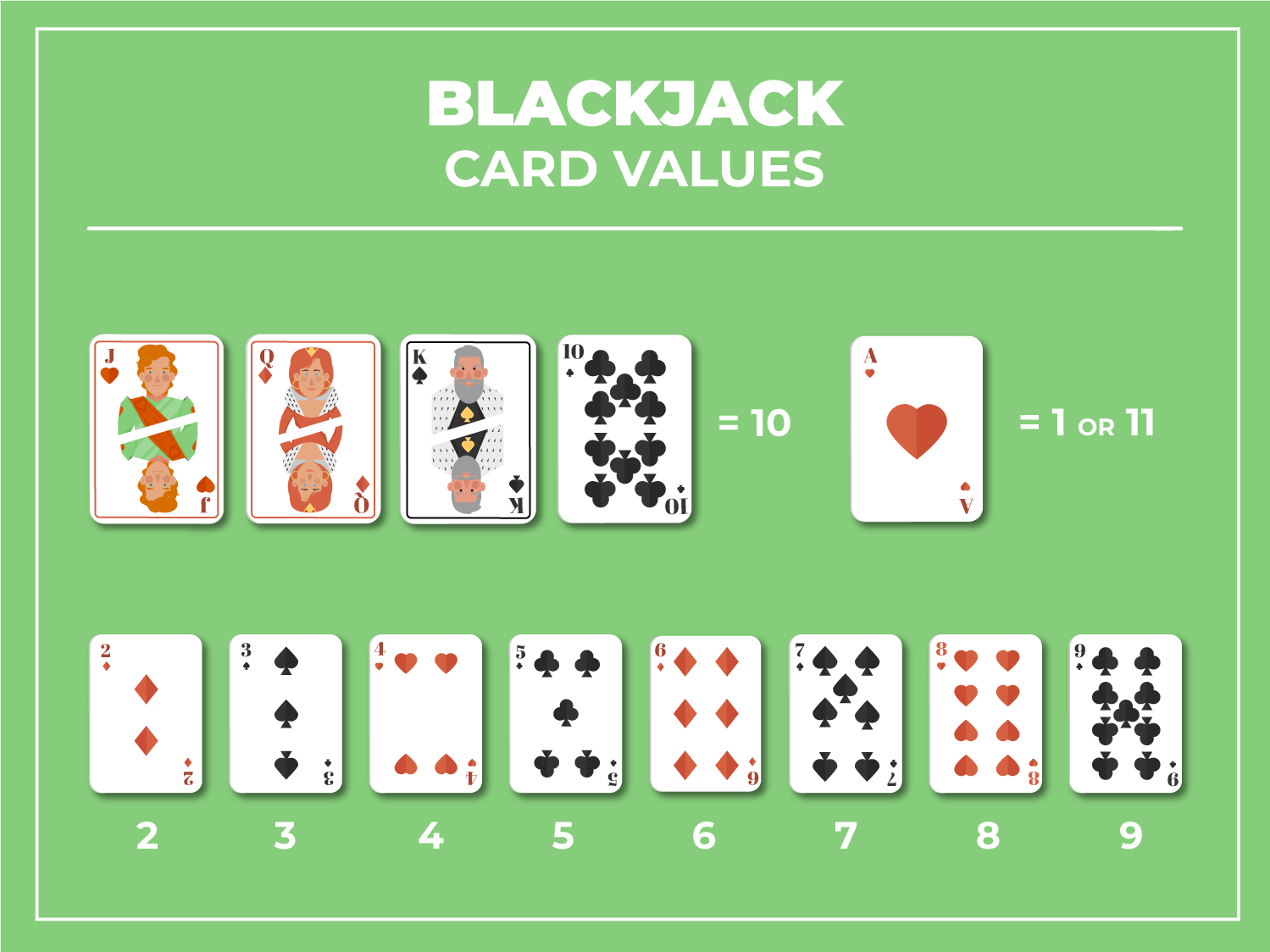
The blackjack card values are as follows:
- Ace: 1 or 11
- 2: 2
- 3: 3
- 4: 4
- 5: 5
- 6: 6
- 7: 7
- 8: 8
- 9: 9
- 10: 10
- Jack: 10
- Queen: 10
- King: 10
So, the face cards (also known as picture cards) all have a value of 10. The Ace card is special because this can be counted as either 1 OR 11, depending on how you, the player, would like to use it (read more about this below). All of the other card values in blackjack correspond to what is printed on them.
How To Work Out Your Total Hand Value
To work out your total hand value, you simply add the values of each card together.
It’s simple math: If you have an initial two-card hand with a 6 and a 7, then you add 6 + 7, which equals 13.
13 is not a good hand, so you would usually want to draw another card. Let’s say that the next card is a 6. Your total hand value would now be 19 (6 + 7 + 6 = 19). That’s a good hand in blackjack.
Let’s look at some more examples:
- 9 + 8 = 17
- 3 + 5 + 8 = 16
- 10 + Queen = 20
- Ace + 6 = 7 or 17
- Ace + Ace = 2 or 12 (You get 12 by counting one Ace as 1, and one as 11. Counting both as 11 would cause you to bust.)
Soft Hand vs Hard Hand Values
In blackjack, a soft hand is a hand with an Ace that can be counted as either 1 or 11. A hard hand is a hand where the Ace has a value of 1, or a hand with no Ace.
The distinction is important because it affects your strategy. In a hard hand, the risk of busting (meaning to go over 21) is higher, while a soft hand offers more flexibility.
Let’s look at this in more detail.
The Value Of An Ace In A Soft Hand
A soft hand is any combination of the 2, 3, 4, 5, 6, 7, 8, 9 cards, along with the Ace card, which can be counted as a 1 or 11.

The flexible Ace means that you can draw ANY OTHER card and NOT be in the immediate danger of busting out. This gives you at least one more chance at improving your hand and makes it “soft”.
Example: Let’s say your first two cards are a 2 and an Ace.
- Since the Ace can be counted as a 1 OR an 11, your two-card hand total is either 3 OR 13.
- Neither are good hands in blackjack, so you draw another card.
- You draw a 3. So, now your three-card hand total is either 6 or 16, because the Ace card can still be counted as either 1 or as 11. The hand is still soft, because you can draw another card without the danger of busting out.
- A 16 is a bad hand, so you hit again.
- You draw a 10-value card. Your hand is now a “Hard 16“. This is because you can’t count the Ace as an 11 anymore or you would bust (2 + 11 + 3 + 10 = 26).
Tip: Hard 16 is still a bad hand, so in this instance you would draw another card (unless the dealer is showing either a 2, 3, 4, 5, or 6 as THEIR up-card).
So, it is a soft hand up until the point where your hand is in danger of busting with the draw of just one more card. After this point, the hand is hard.
The Value Of An Ace In A Hard Hand
A hard hand does not contain an Ace, or if it does, it’s valued as 1, not 11.
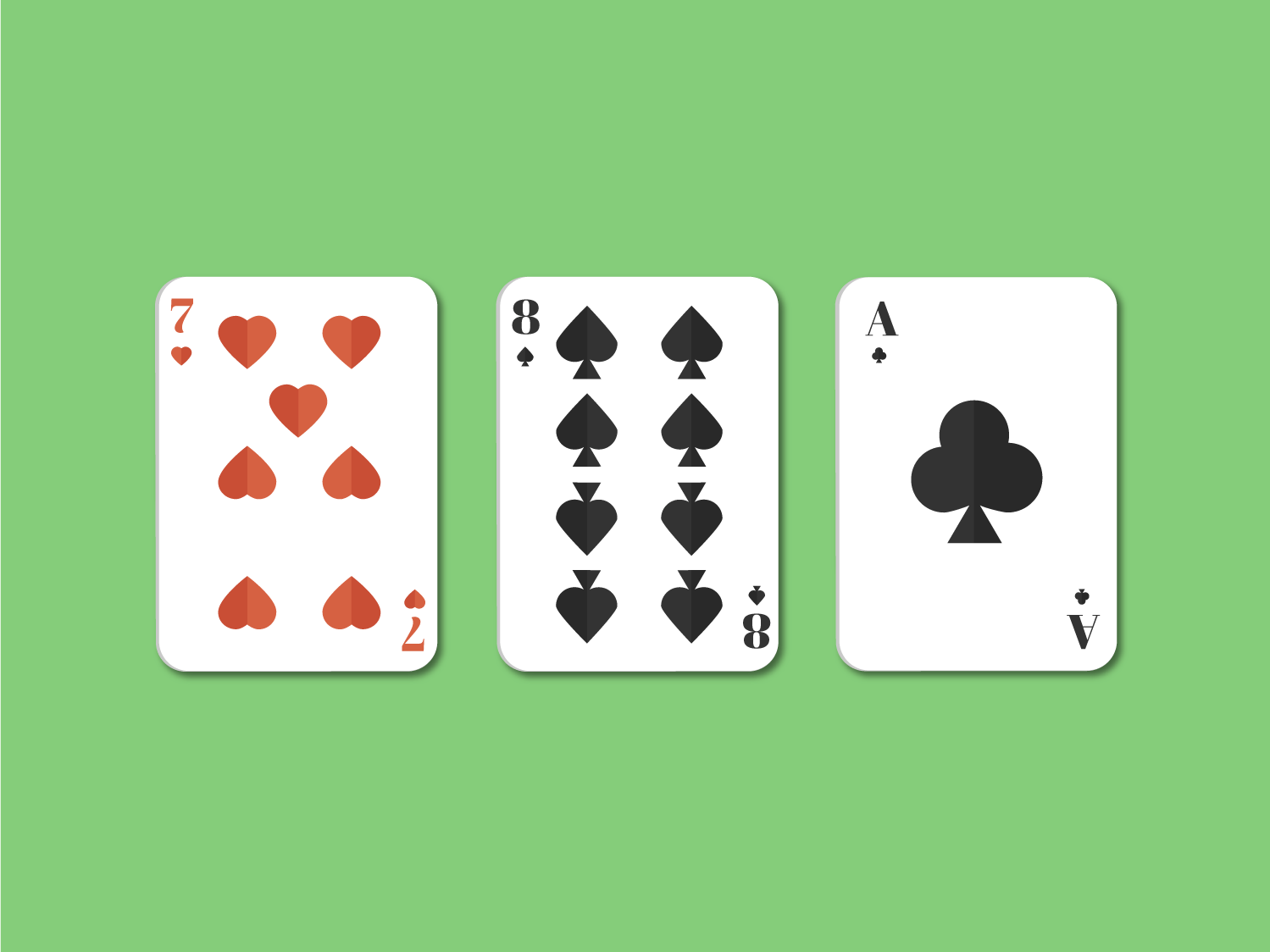
This is because having a flexible value wouldn’t help – it would cause you to bust out. For example, 7 + 8 + Ace can only equal 16 (7 + 8 + 1), as you’d bust with 26 (7 + 8 + 11).
Example: Let’s say that your hand total is 17 WITHOUT the Ace card. This is a “Hard 17.”
- You are in danger of busting out if you draw one more card.
- If the dealer is showing an up-card of 8, 9, 10, or Ace, then the odds of the game indicate that your Hard 17 could already be a losing hand. This makes it tempting to hit the hand. However, basic strategy indicates that you should stand, as only the 2, 3 4, or Ace (counted as 1) will make your hand better. ALL other cards will exceed 21. So you stand.
And that’s why this is called a Hard 17. Because it can lose immediately if you draw any ONE card other than a 2, 3, 4, or the Ace (which then MUST be counted as a 1).
If you had a Soft 17, however (such as an Ace + a 6), you would have the chance to continue with the hand without the fear of busting out.
Fact: The Soft 17 Hand is SO important, that many land-based and online casinos use it to increase their house edge, by stating that the “Dealer must hit Soft 17.” This means that on those games, the house edge on blackjack will increase by about 0.23% over the basic strategy player.
What Is A Blackjack Hand?
A Blackjack hand – also known as a “Natural 21” – is a two-card hand where the Ace is paired with a 10, Jack, Queen, or King.
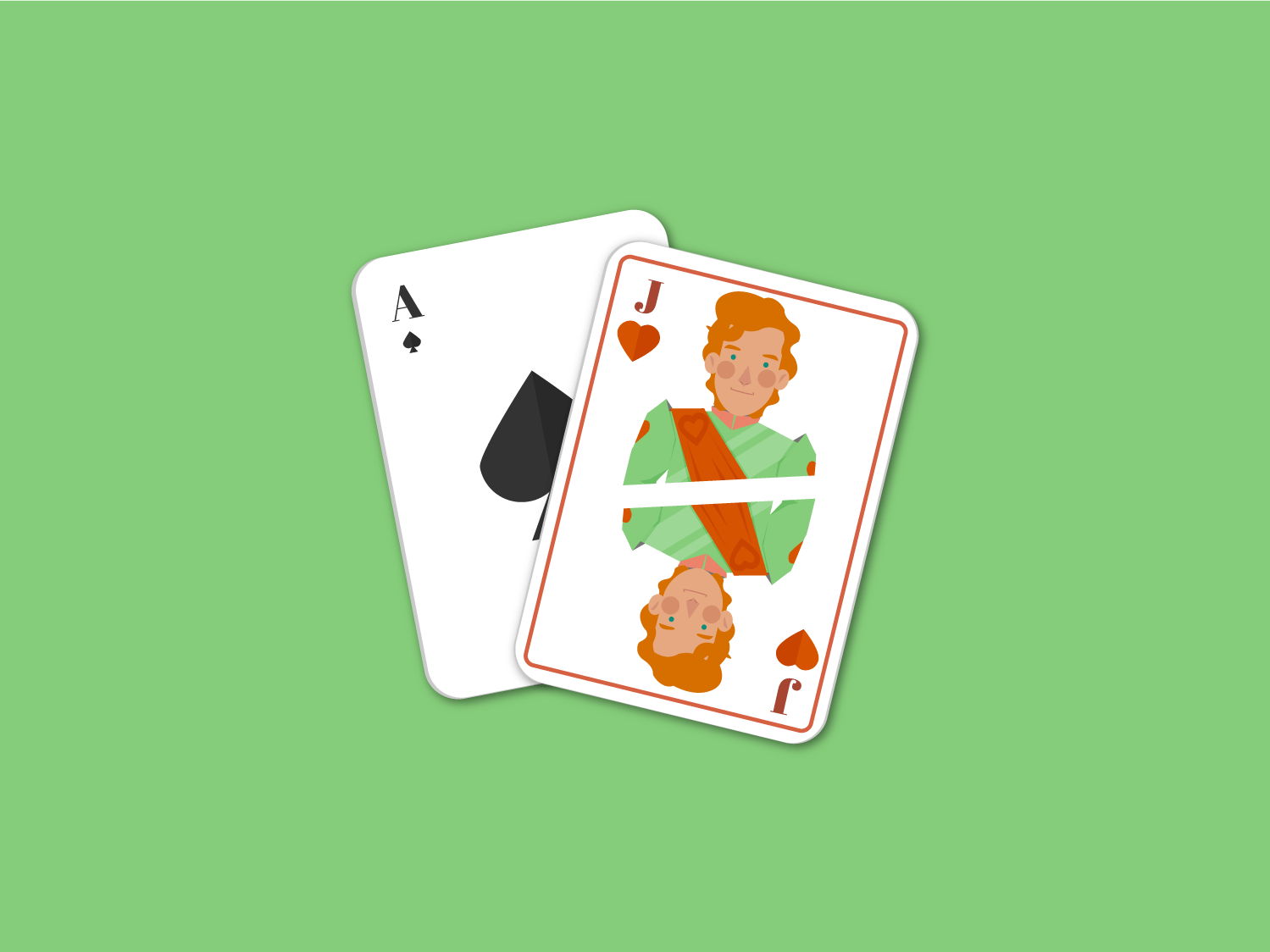
That’s because the Ace card (counted as 11) along with a 10-value card makes an automatic 21.
It is the best possible hand in casino blackjack and will typically result in an immediate win, unless the dealer also has Blackjack.
How The Value Of Your Cards In Blackjack Impacts Your Strategy
The most commonly used strategy in blackjack is called “basic strategy for blackjack”. These are a set of pre-determined instructions on what to do when you are dealt the first two cards in the game.
Refer to these blackjack strategy charts to see what move you should make depending on the value of your hand. The instruction may be to stand, hit, double down, split, or surrender.
6 Quick Strategy Rules Depending On Your Hand Value
- If your two-card hand total is either 12, 13, 14, 15 or 16, stand IF the dealer is showing a 2, 3, 4, 5, or 6 as their up-card.
- If your two-card hand total is either 12, 13, 14, 15 or 16, hit IF the dealer is showing a 7, 8, 9, 10, Jack, Queen, King, or Ace as their up-card.
- Stand on Hard 17, but HIT a Soft 17 if the dealer is showing either 2, 3, 4, 8, 9, 10 or an Ace.
- Stand on Soft 17 if the dealer is showing a 5, 6, or 7 as their up-card.
- Always split Aces and 8s.
- Double down on 11, unless the dealer is showing an Ace as their up-card, but did NOT have a Blackjack (the dealer will check for this before the hand continues).
Learning to play with perfect basic strategy will generally reduce blackjack’s house edge to about 0.54%. But this does vary, depending on other house rules, such as if the dealer hits Soft 17, or if Blackjack pays 6:5 instead of 3:2.
There are many variances in the rules of blackjack from casino to casino, as well as when playing online blackjack, so it’s always in your interest to familiarize yourself with the rules.

